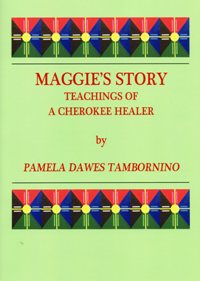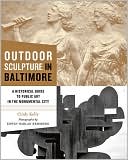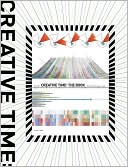Night wind through spring leaves
Like a thousand tiny hands
Praised our existence.
***
Un poema no es m’as que una historia inconclusa...
***
“Catamoglomerate”
I once met a catamoglomerate
I asked it if it would like to set.
I didn’t say sit because I wasn’t quite sure,
if it knew how to sit
so we set on the floor.
***
Short, sweet words on lines
Typing on this old machine
This is my haiku.
***
not for nothing
does the day end,
a sliding shadow with
that piercing of sky
with the budding end
of branch.
***
yo, i spit it and grip it intricately
going the oingo boingo lips my gee
folly follows fallow farmland
but I’ve expanded my mind-state
with this tabula rasa slate
I eat it off like some peanut-butter thai dish off a
Rasta’s culinary plate
shorn the sheep,
they said
but I wasn’t about to be on someunbelievable right-said Fred
type
of
stuff
DECIDE WHAT THIS MEANS TO YOU!!!
I decided I’d had enough
piety was my choice since chillin
in a diaper
snoozin’ in the buff
Some of these flocks don’t understand
they listen to they green lawn music
while I choose to exemplify some
busy bruises
peaches and Nephalia Drownyards
are all I need
to seed
and feed
I might jump and blind the eyes of the wicked
like a holy steed
Thanks for being poets with us this April, Lawrence! Haven’t had your fill of poetry yet? There’s still time to head over to the Lawrence Arts Center and contribute to the “Community Epic Poem.”









































